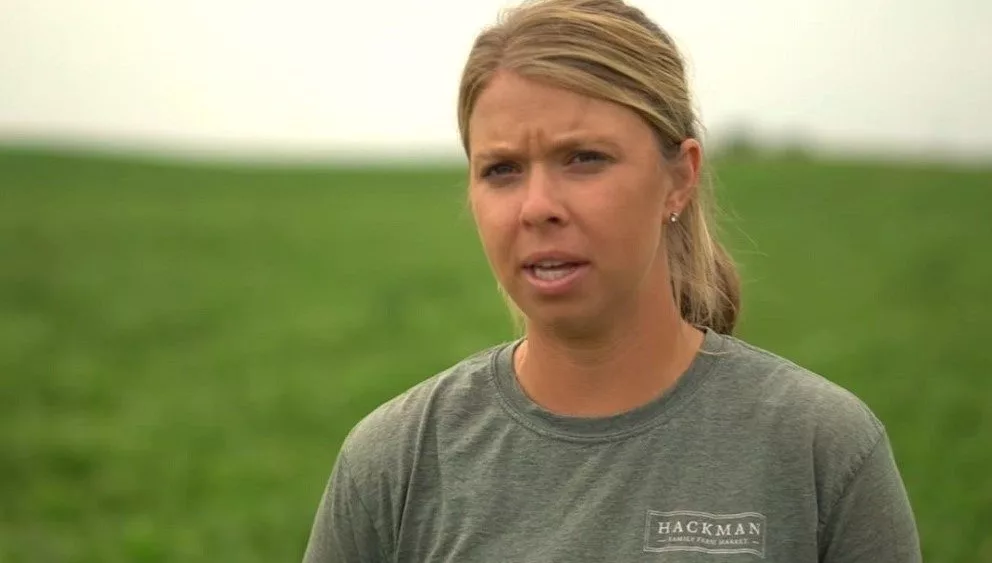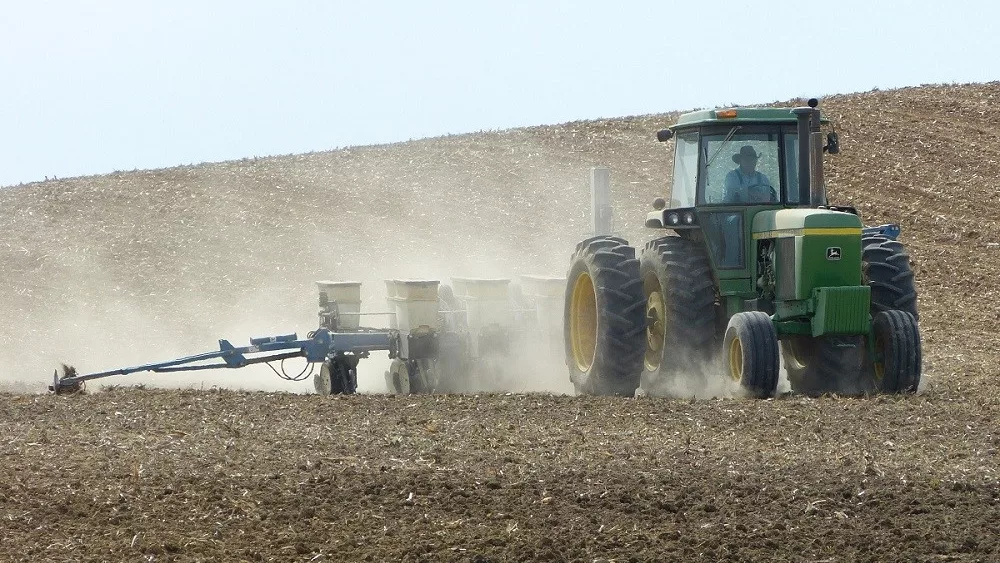 Disposing of livestock and poultry carcasses is a necessary fact of life. Beginning in July, Hoosier livestock producers will have a new option, as well as new guidance for existing methods.
Disposing of livestock and poultry carcasses is a necessary fact of life. Beginning in July, Hoosier livestock producers will have a new option, as well as new guidance for existing methods.
New Method
During their April board meeting, members of the Indiana State Board of Animal Health (BOAH) voted to add above-ground burial (ABG) to the list of disposal options. This method combines principles of composting with burial to achieve relatively rapid decomposition of the carcasses without the hassles of digging a deep pit.
To accomplish above-ground burial, a trench 20 inches to 24 inches deep must be prepared. The trench must be wide enough and long enough to accommodate the burial. The entire bottom of the trench must be covered with 12 inches of carbonaceous material. Carcasses are placed in the trench and covered with the excavated soil. Animal carcasses shall not remain uncovered for more than 24 hours.
Extensive testing of this method with different soil types and volumes of carcasses has shown ABG to be thorough and effective.
Updates to Traditional Burial
Board members also updated the disposal rule language for other methods.
Regardless of method used, the disposal process must yield ‘finished product’ that has no soft tissue present. The finished product may contain small bones, bone fragments, and fur that have been processed but retains structure. If the process results in intact carcass parts, such as large femur bones or skulls, those must be disposed of or crushed.
Traditional burial no longer requires carcasses to be placed 4 feet below the natural surface of the ground. The rule now states that carcasses (or condemned and inedible waste) must be placed to a depth below grade and with a sufficient covering to prevent resurfacing of any part of the carcass, access to the carcass by scavenger animals, and odor emissions to a level that could create a public nuisance.
Additionally, burial must occur on the owner’s premises, or another location authorized by the landowner. As always, burial is not allowed within the corporate limits of a city or town if prohibited by ordinance. Producers may also consider discarding dead animals at a local landfill. Each landfill operator decides what material the site will accept.
More Information and Other Options
Carcass disposal laws apply to livestock and poultry species only (not roadkill or small animals). Other, state-recognized disposal options include: rendering, composting, incineration, anaerobic and chemical digestion, and exotic animal feeding.
More information and guidance are online at: https://www.in.gov/boah/boah-rules/compliance-issues/dead-animal-disposal-options-in-indiana/
Source: Indiana Board of Animal Health Press Release




